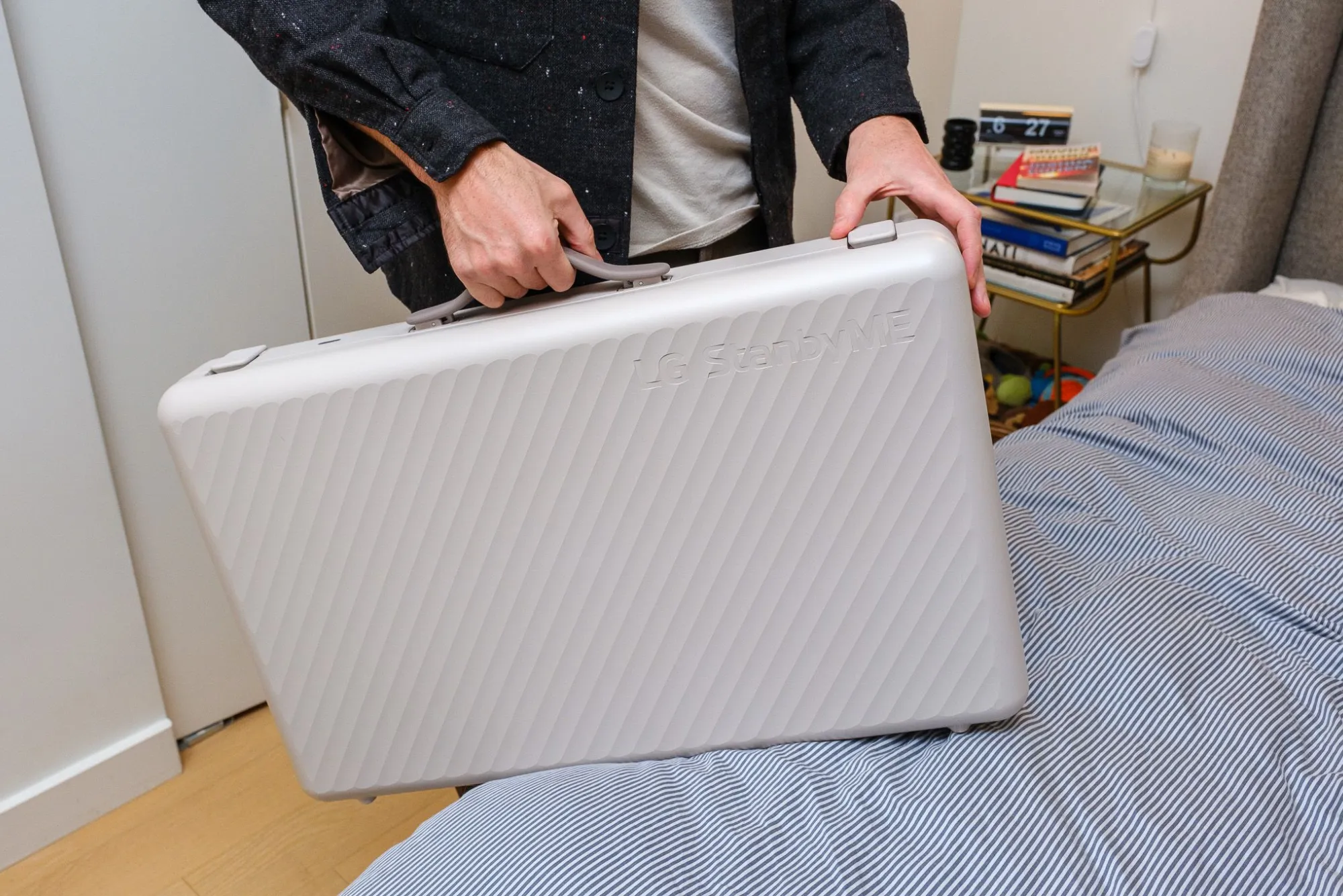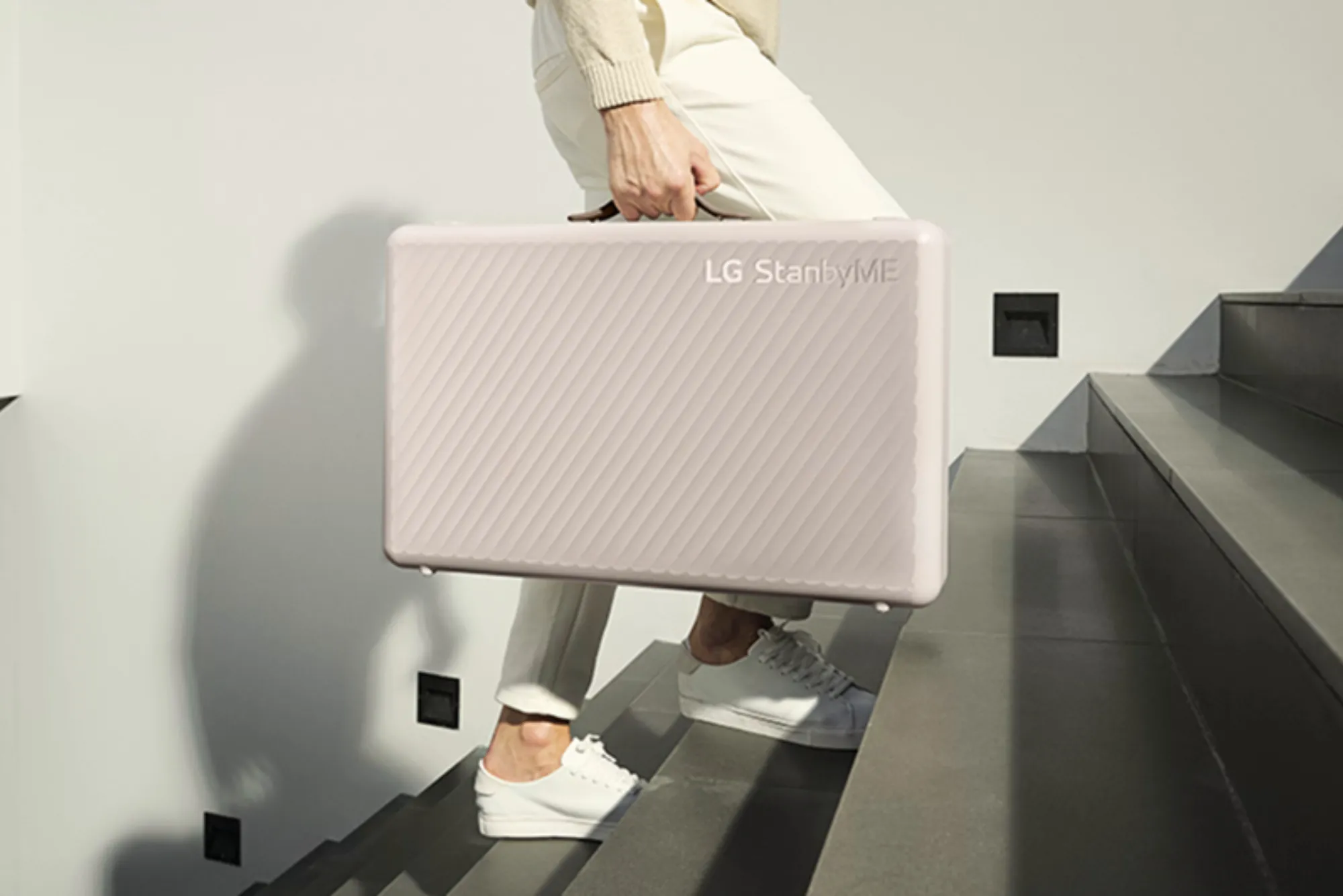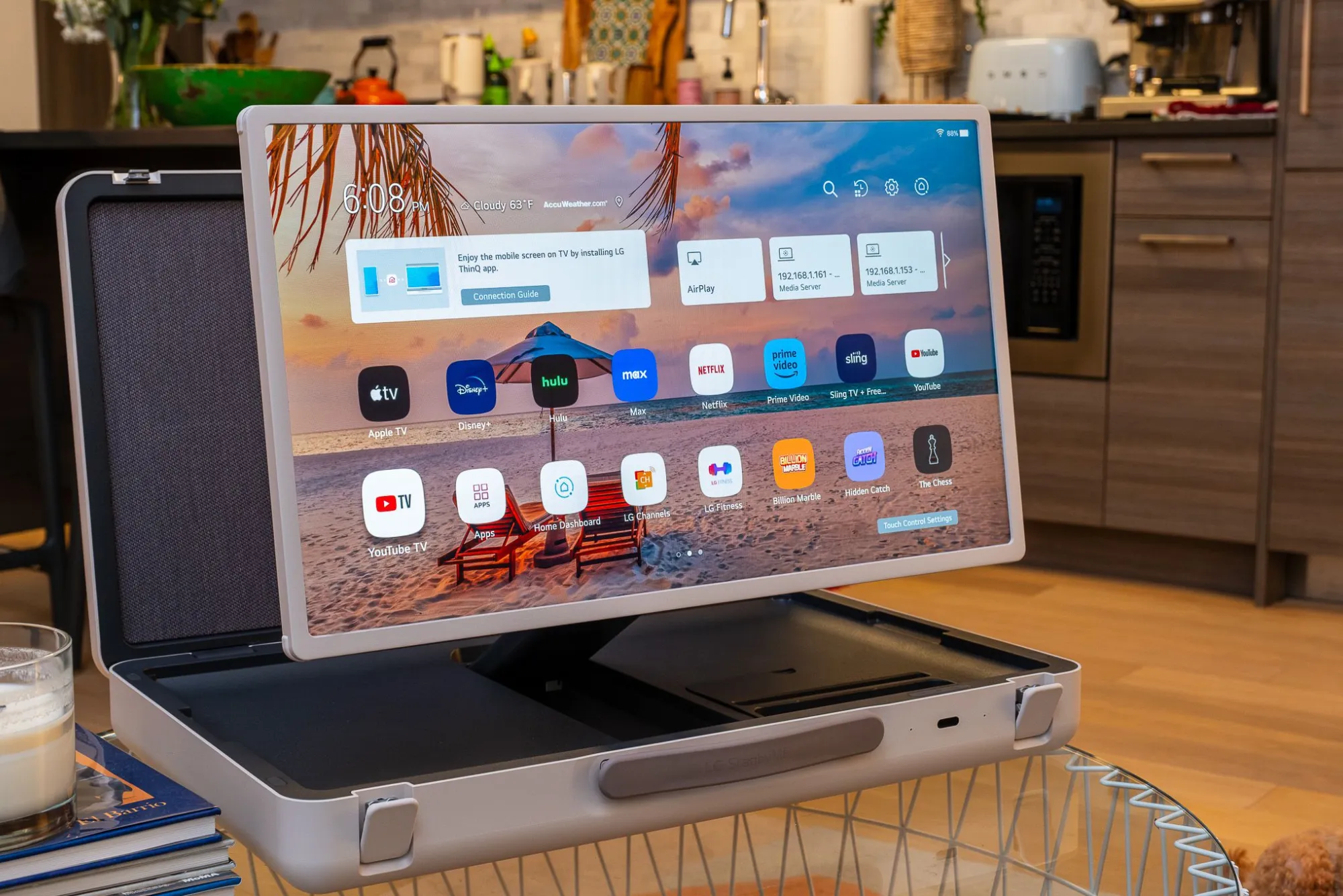In the modern world of business and travel, staying productive while on the move is crucial. A lightweight briefcase screen is a valuable tool for professionals who need to extend their display capabilities without being burdened by heavy equipment. This article will explore the essential factors to consider when selecting a lightweight briefcase screen, helping you make an informed decision that balances functionality and portability.
Understanding Briefcase Screens
A briefcase screen is a compact, portable display designed to be carried alongside your laptop or other devices in a briefcase. It serves as an external monitor, providing additional screen space that can enhance your productivity. These screens come in various types, including LCD, LED, and OLED, each offering different advantages. LCD screens are known for their affordability and energy efficiency, while LED screens provide better brightness and contrast. OLED screens offer superior color accuracy and deeper blacks, but at a higher price point. Understanding these options helps in selecting the best screen for your needs.
Why Choose a Lightweight Briefcase Screen?
Choosing a lightweight briefcase screen brings several benefits that align with the needs of modern professionals. Portability is a primary advantage; a lightweight screen can easily be carried in your briefcase without adding significant weight, making it convenient for frequent travel or commuting. This portability contributes to reduced physical strain and discomfort, especially during long periods of carrying your equipment. A lightweight briefcase screen also enhances convenience by allowing you to set up and start working in various environments, whether you’re at a client’s office, a café, or a co-working space.
Key Features to Look for in a Lightweight Briefcase Screen
When selecting a lightweight briefcase screen, it’s essential to focus on several key features to ensure it meets your requirements. Material quality plays a crucial role in both the screen’s durability and weight. Common materials include plastic, aluminum, and composite materials, each offering different balances of lightness and sturdiness. It’s important to choose a material that ensures the screen remains durable despite frequent use and transport.
Size and dimensions are also critical considerations. The screen should fit comfortably within your briefcase without being too bulky. At the same time, it should be large enough to provide the display space you need. Assessing your requirements and measuring your briefcase will help you determine the ideal size.
Durability and build quality are important factors that impact the screen’s longevity. A well-built screen should have a sturdy stand or mounting mechanism to prevent instability during use. Checking the build quality and reading user reviews can provide insights into the screen’s overall durability.
Screen resolution and clarity are vital for a satisfactory viewing experience. Higher resolutions provide sharper images and better readability, which is crucial for tasks such as graphic design or detailed document review. Selecting a screen with a resolution that aligns with your work requirements will ensure that you can view content clearly and efficiently.
Comparing Lightweight Briefcase Screens

When comparing lightweight briefcase screens, it’s beneficial to look at popular brands and models that are known for their quality and performance. Researching different brands, such as ASUS, Lenovo, and HP, can help you find a screen that fits your specifications. Each brand may offer various models with different features and price points.
Price ranges for lightweight briefcase screens vary widely, so it’s important to evaluate the features and build quality relative to the cost. Finding the best value involves considering both the initial investment and the long-term benefits of the screen. Customer reviews and ratings provide additional perspectives on performance and reliability, helping you make a well-informed choice.
How to Maintain Your Lightweight Briefcase Screen
Proper maintenance of your lightweight briefcase screen is crucial to ensure its longevity and optimal performance. Regular care and attention will help preserve the screen’s clarity and functionality, making sure it continues to serve your needs effectively. Here’s a comprehensive guide on how to maintain your lightweight briefcase screen.
Cleaning Your Lightweight Briefcase Screen
To maintain the pristine condition of your lightweight briefcase screen, regular cleaning is essential. Dust, smudges, and fingerprints can obscure the screen and affect its performance. Use a soft, lint-free cloth to gently wipe the surface of the lightweight briefcase screen. It’s advisable to use a screen cleaner specifically designed for electronic displays. Avoid using paper towels, rough fabrics, or abrasive cleaners, as these can scratch the screen.
When applying cleaner, lightly moisten the cloth rather than applying the liquid directly to the screen. This helps prevent excess moisture from seeping into the screen’s edges and potentially causing damage. Clean the screen in a circular motion to remove any residues and ensure an even surface.
Protecting the Screen from Physical Damage
The lightweight briefcase screen is designed to be portable, but this also means it is susceptible to physical damage if not handled properly. To avoid scratches and dents, always handle the screen with clean hands and avoid placing any heavy objects on top of it. When packing the screen into your briefcase, make sure it is properly secured and protected. A padded sleeve or case can offer additional protection against accidental bumps and knocks.
Storing Your Lightweight Briefcase Screen
Proper storage of your lightweight briefcase screen is important to maintain its condition over time. When not in use, store the screen in a protective sleeve or case to shield it from dust, dirt, and other environmental factors. Ensure that the storage area is cool and dry, avoiding exposure to extreme temperatures or humidity, which can negatively affect the screen’s performance.
Additionally, keep the screen away from direct sunlight and heat sources, as prolonged exposure can damage the screen and degrade its quality. If you are traveling with the screen, consider using a hard-shell case to provide extra protection against impact.
Handling the Screen During Transport

Transporting your lightweight briefcase screen requires careful handling to avoid accidental damage. When placing the screen into your briefcase or bag, ensure that it is securely positioned and not subject to excessive movement. Use compartments or dividers within your briefcase to keep the screen separate from other items that could potentially scratch or press against it.
If your briefcase is subjected to rough handling or if you’re traveling through crowded spaces, consider wrapping the screen in a soft cloth or protective cover for added security. This additional layer of protection helps minimize the risk of damage from bumps or impacts during transit.
Dealing with Screen Issues
Occasionally, you may encounter issues with your lightweight briefcase screen, such as dead pixels, flickering, or display anomalies. If you notice any of these problems, it’s important to address them promptly. First, check the connections and ensure that the screen is properly connected to your device. If issues persist, consult the manufacturer’s troubleshooting guide or seek professional repair services.
For any technical issues or concerns beyond basic troubleshooting, contact the manufacturer’s customer support for guidance. They can provide assistance or arrange for repairs if necessary. Keeping the screen in good working condition ensures that it remains a valuable tool for your productivity needs.
Selecting the right lightweight briefcase screen involves evaluating several factors, including material quality, size, durability, and screen resolution. By carefully considering these aspects and comparing different models, you can find a screen that meets your needs while offering the benefits of portability and convenience. A well-chosen lightweight briefcase screen can enhance your productivity and ease of use in various work environments.





